While it may not be as well-known as salsa, guacamole, or queso blanco, Adobo sauce is an indispensable component of many popular Mexican dishes—which is precisely why it can be so disappointing to find it missing from the sauce lineup at your local supermarket.
A select few flavorings can serve as satisfactory Adobo sauce substitute, including Tabasco Chipotle hot sauce, ranchero sauce, chili garlic sauce, or ancho chile paste. You could also use a simple dry spice blend consisting of everyday offerings that you probably already have sitting in your spice cabinet.
For those of you who aren’t already in the know, Adobo sauce is a seasoning and condiment of Spanish origin traditionally used as a combination marinade-preservative for meats. Its smoky, earthy, and disarmingly sweet flavor can be tough to recreate, but we’re going to help you give it your best shot.
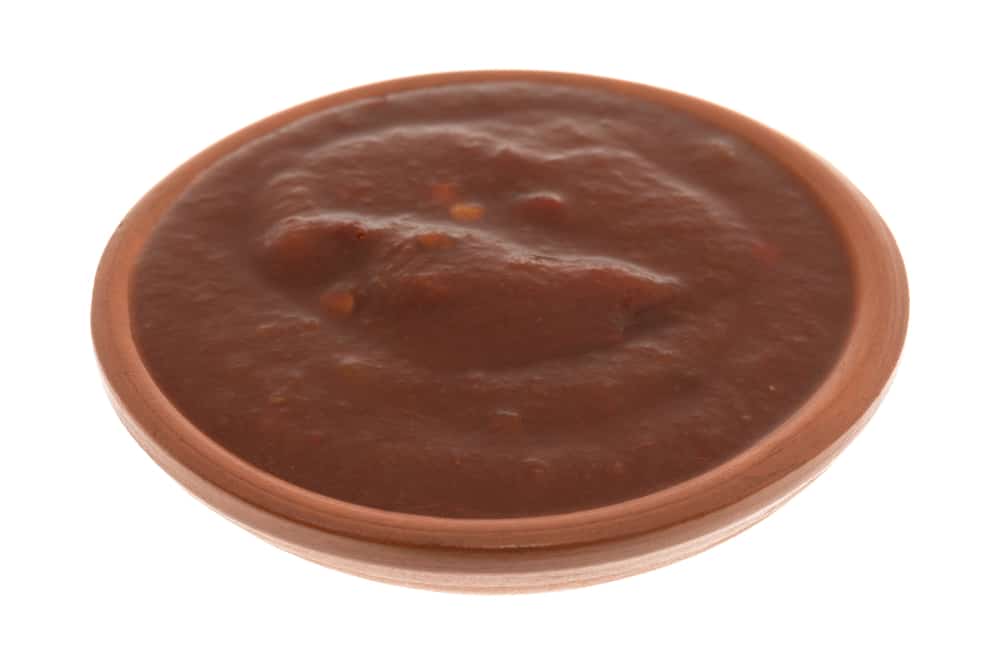
Recommended Adobo Sauce Substitute
The following handful of alternatives are our picks for the best ways to fill the void in your recipe—and your heart—left by a lack of honest-to-goodness Adobo sauce.
1. Tabasco Chipotle Hot Sauce
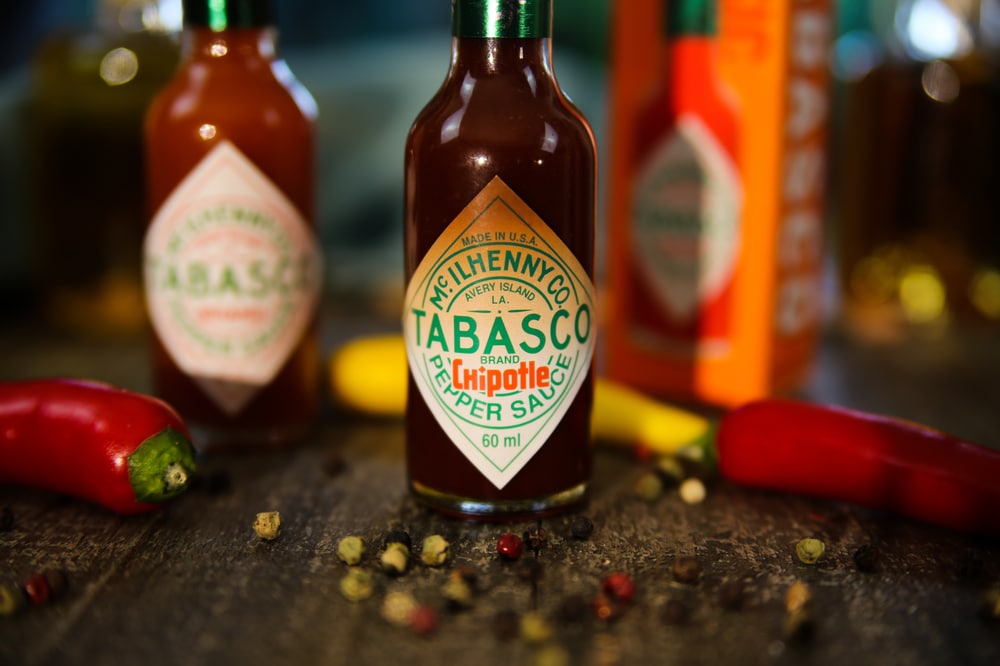
For our money, the single best substitute for Adobo sauce is a run-of-the-mill, big-brand bottled hot sauce that you can pick up at any grocery store for just a few bucks.
Why? Because it contains almost all of the same core constituents.
Here’s the abbreviated ingredients list for Tabasco’s chipotle pepper-infused hot sauce: chipotle peppers, distilled vinegar, salt, sugar, garlic powder, onion powder, and spices. In case you’re unfamiliar, that’s a 100% match for what’s in Adobo, give or take a few insignificant variables.
Sure, Tabasco may not have that thick, pulpy consistency that makes Adobo so comforting, but the texture problem is an easy one to fix. And in terms of taste, you’re unlikely to edge any closer without just breaking down and making the real thing yourself.
If you want to emulate Adobo as faithfully as possible, throw a few cups of Tabasco Chipotle into a blender or food processor with a smattering of dried chipotle, ancho, or guajillo chiles. Color us impressed if you can tell the difference.
2. Ranchero Sauce
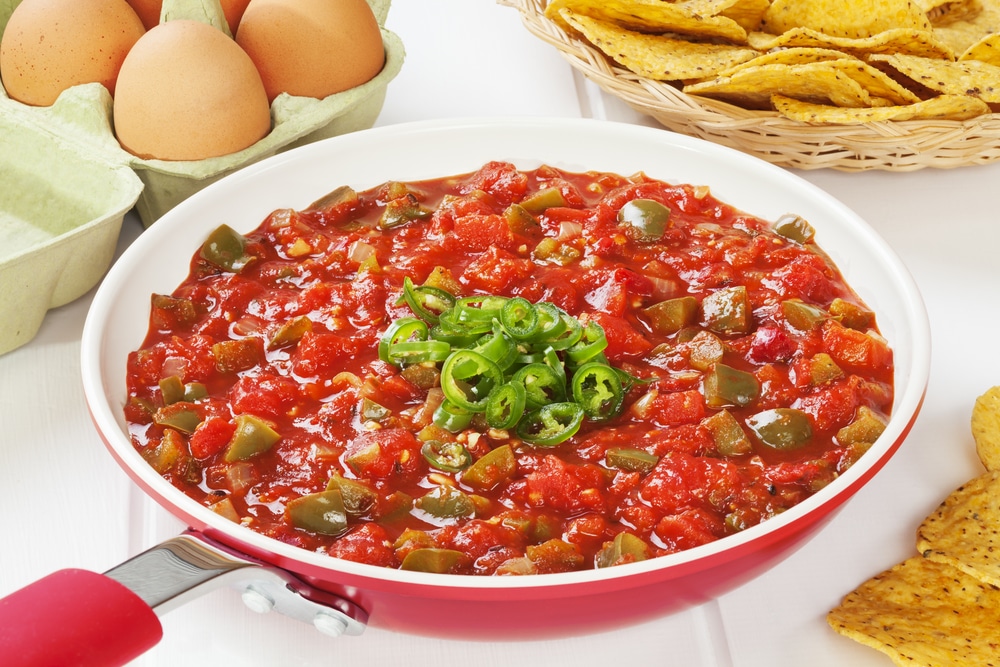
Ranchero sauce is like Adobo sauce’s laid-back cousin. Genetically, it’s pretty similar—it’s zesty, it’s salty, it’s tomatoey, and it’s no slouch in the spice department, either—but its trademark tasting notes are nowhere near as in-your-face.
Whether or not that’s a good thing depends on how wild you are about what makes Adobo Adobo.
If you’re not especially taken with the bitter tang of dried peppers, or you’re looking to dial back the sweetness, there’s a chance that you might prefer this mild red replacement. If you’re all-in on those qualities, one cool thing about ranchero is that with a sprinkling of chipotle, ancho, or guajillo chile powder, it becomes indistinguishable from Adobo for all practical purposes.
Another cool thing is that it’s readily available in packaged form at most places that furnish Mexican fare. Even if you’re unable to track some down, you’ll most likely find it much easier to whip up on the fly, seeing as how it calls for fewer specialty ingredients.
3. Chili Garlic Sauce
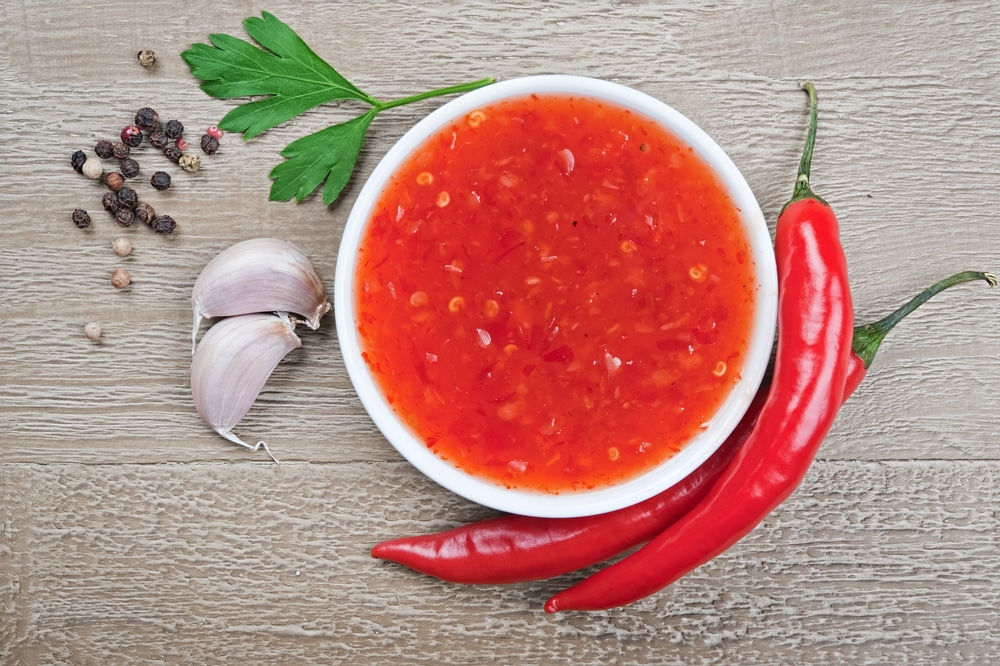
Another acceptable (though admittedly imperfect) analog for Adobo is Latin-style chili garlic sauce.
Though the term “chili garlic sauce” refers to a family of sauces rather than a single product, that just means you have more options to choose from and less chance of coming up empty during your emergency out-of-Adobo shopping excursion.
With a standard chili garlic sauce, you get the spiciness of the chili peppers, the savoriness of garlic, the saltiness of vinegar, and the integral sweetness of sugar, much like you would with Tabasco. The most significant difference between the two substitutes is that the former will give you more wiggle room than the latter to add your own chilis to taste.
Should you decide to go this route, just be sure to steer clear of Asian-style chili garlic sauces, which are made with vastly different types of peppers and often contain additives like ginger and fish sauce. If you’re not careful, these wild cards could throw off the profile of your dish entirely.
4. Ancho Chile Paste
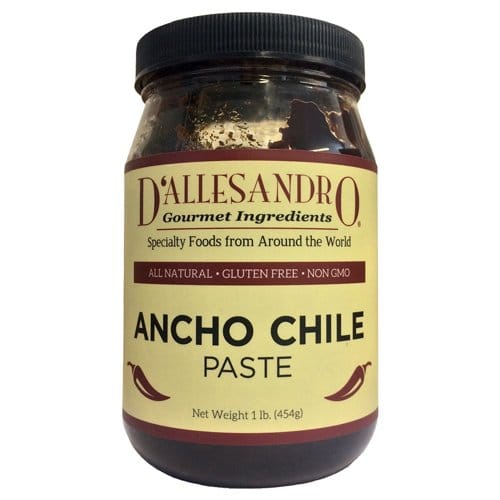
Let’s make something clear right off the bat: this is not a one-for-one swap-out solution. Most store-bought ancho chile pastes are nothing but puréed ancho chiles, water, and salt. As such, they won’t provide the kind of sense-stimulating depth that a sophisticated sauce like Adobo does all on their own.
They will, however, impart that all-important smoky-sweet note that’s key to nailing the character of dishes that call for Adobo.
If there’s one area where ancho chile paste shines, it’s establishing a foundation of flavor that’s easy to build on using more traditional seasonings. For most recipes, all it will take is a little ancho chile paste and a dash of this, that, and the other to get things tasting the way you want them to.
It’s not a coincidence that the ingredient has historically been used as a starting point for a wide range of Mexican and Central American sauces, including salsa roja, mole, and—you guessed it—Adobo.
5. Homemade Spice Blends
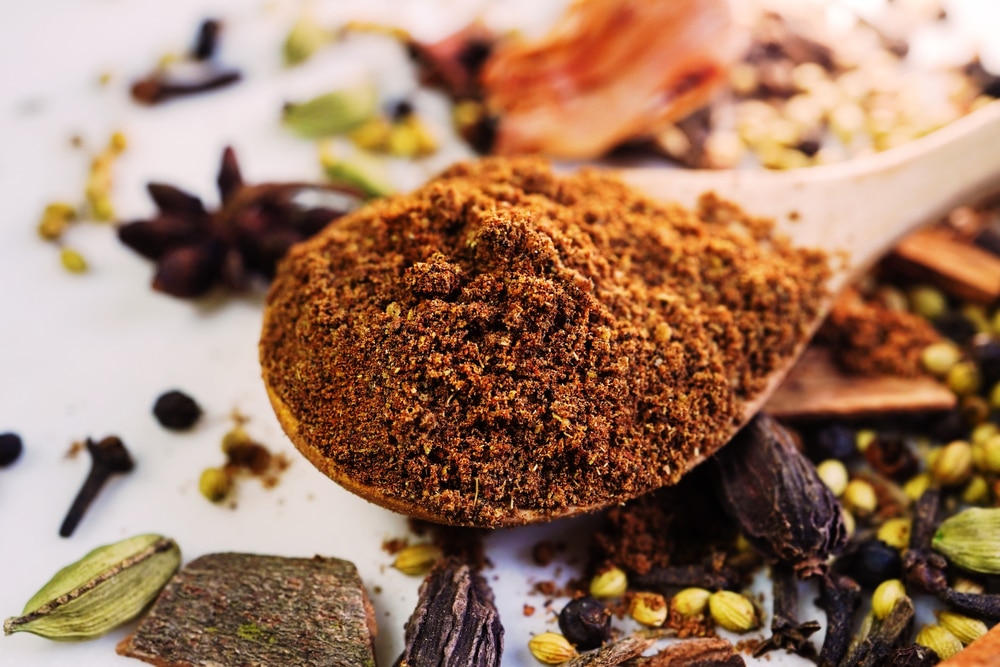
Our final Adobo sauce replacement is unique in that it’s not a sauce or even a sauce-like substance but a simple spice blend.
As unlikely as it might seem, you can capture the inimitable essence of Adobo surprisingly well simply by rummaging through your cabinets. Here’s what to dig out if you have it on hand:
- Salt
- Black pepper
- Garlic powder
- Smoked paprika (see paprika alternatives)
- Chili powder (chipotle or ancho chili powder are preferable but not strictly necessary)
- Oregano
- Cumin
- Cayenne pepper for a slight kick
If you’re feeling froggy, consider incorporating a hint of cinnamon, as well. Cinnamon is one of the cornerstones of authentic Mexican Adobo.
Fair warning: it’s doubtful that this improvised is going to convince any diehard Adobo buffs that you’re working with the real deal. But since the aforementioned spice rack standbys will do most of the heavy lifting for your dish seasoning-wise, a pinch will do nicely in a pinch.
Frequently Asked Questions
Even though Adobo has been a thing for hundreds of years in Latin America, there’s still quite a bit of mystery surrounding this excellent marinade and meat-enhancer in other countries.
The main ingredients in a classic Mexican Adobo sauce are tomatoes, vinegar, salt, sugar, dried chile peppers, and assorted herbs and spices (typically some combination of oregano, cumin, and/or cinnamon). It’s the dried chiles in particular that give the concoction its signature smokiness and not-too-hot heat.
That said, not everything bearing the name “Adobo” is made alike. There are many different takes on the age-old formula, some of which use very different sorts of components.
Adobo counts dried or smoked chili peppers, garlic, and vinegar among its most prominent tasting notes. There’s also an undercurrent of sweetness that comes from the sugar, cinnamon, and orange juice traditionally used to lend it added complexity.
If you’ve ever had red salsa or hot sauce enhanced with the deep, smoky bite of chipotle peppers, then you probably already have a pretty good idea of what Adobo tastes like. Because of its potency, though, Adobo is utilized most often as a marinade or mix-in and is rarely drizzled directly on top of foods the way these other sauces are.
While it’s possible to find jars or bottles of Adobo sauce without unwanted additives (depending on where you shop), the most accessible and most affordable way to get it is to buy the canned version, which usually comes chock full of marinated chiles.
If you think all those peppers might be too much for your palate or the dish you’re preparing, no sweat. Simply scrap them and use the liquid itself.
Otherwise, we highly recommend blending all of the can’s contents into a thick mixture to turn up the volume on the flavor and keep your Adobo experience unadulterated.
Mexican Adobo is, first and foremost, a sauce. It’s not to be confused with Filipino Adobo, a cooking method that involves stewing meat, fish, vegetables, and other items in vinegar flavored with various seasonings.
Filipino Adobo reportedly got its name from conquering Spaniards, who noted its passing similarities to their own much-loved marinade and its common uses (though some food historians have recently begun challenging this narrative).
Aside from a mutual appreciation for vinegar, however, the two styles don’t share many similarities, meaning they probably won’t work equally well for pozole.






